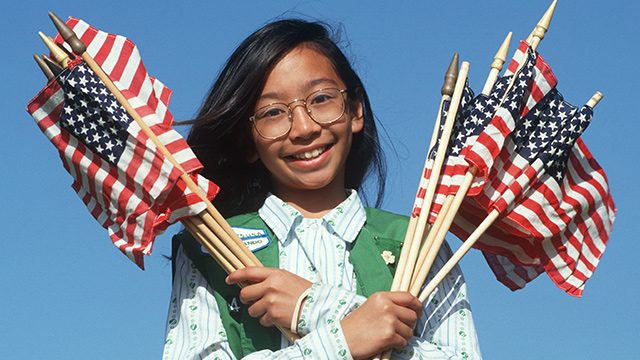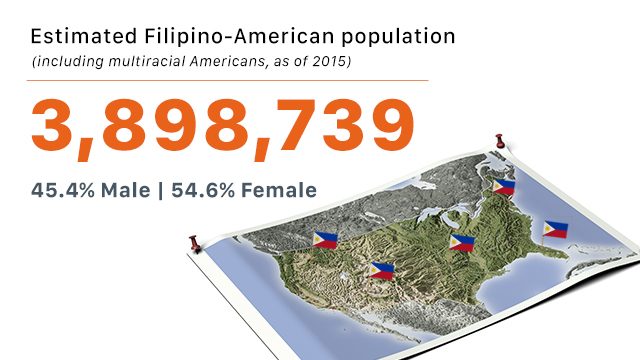SUMMARY
This is AI generated summarization, which may have errors. For context, always refer to the full article.

MANILA, Philippines – Up to 800,000 young immigrants face deportation in the United States after President Donald Trump ended on Tuesday, September 5, an amnesty program set by his predecessor, Barack Obama, .
The amnesty, called the Deferred Action for Childhood Arrivals (DACA), was meant to protect from deportation 800,000 people brought to the US illegally as minors and was announced as ‘being rescinded’ by Trump’s attorney general, Jeff Sessions.
The move is expected to affect thousands of Filipino immigrants who have been granted protection by the program. Philippine Foreign Secretary Alan Peter Cayetano pledged to “welcome and assist our kababayans (countrymen) in whatever way we can if they are returned to the Philippines.”
But just how many Filipinos may be affected by the Trump’s decision? Just how big is the Filipino community in the United States? Get to know them better here:
Filipinos are the 3rd largest Asian group in the United States

According to data from the US Census Bureau, there are an estimated 3,898,739 people of Filipino descent, including those with multiple race, in the US as of 2015. It is the third largest among Asian groups, next only to Chinese (except Taiwanese) and Asian Indians.
A big chunk of the Filipino-American population, according to 2010 census data, live in California, followed by Hawaii, Illinois, and Texas.
It’s a young population with a relatively high educational attainment rate
The 2010 census data also show that the median age for Filipino-Americans is 34.8, with a big number in the 5-17 years age bracket.
Of everyone above 25 years old, 92.8% are high school graduates and 45.9% have a bachelor’s degree or higher. These are some of the highest rates among Asian American groups.
Nativity and citizenship status
Of the estimated 2015 population, more 1.9 million were born in the US.
Meanwhile, there are also more than 1.9 million who were foreign-born. Of this, 1,336,830 are naturalized US citizens while 618,405 are not.
A majority of those born outside of the US arrived before year 2000. Only 26.9% entered the US from 2000 to 2009 and 14.1% on 2010 and later.
For the 3,002,667 Filipino-Americans at working age (16 years old and above), at least 69.4% are employed. 30.6% are not part of the labor force.
How many Filipinos are protected by DACA?
According to data from the United States Department of Homeland Security, around 800,000 immigrants might face deportation over the plans to rescind DACA. A vast majority of those currently enjoying the benefits of the amnesty program are undocumented Mexicans. Around 4,655 applications from undocumented Filipinos have been approved since 2012.
DACA is a program created in 2012 by the Obama administration to allow children brought to the US illegally the temporary right to live, study and work legally in America. If approved in this program, children are safe from deportation for two years. This protection could be renewed. Those under the program are known as ‘dreamers.’
DACA was Obama’s response to the US Congress’ failure to enact the Development, Relief, and Education for Alien Minors Act, designed to give undocumented migrant children a chance to have permanent legal residency.
But with the Trump administration’s recent announcements, new applications under DACA will no longer be accepted. Protection for those currently under the program will start expiring by March 2018. By 2020, all amnesty would have expired already.
Now the dreamers’ fate lay in the hands of the US Congress which has been given six months to come up with a legislative solution to their dilemma. – Rappler.com
Add a comment
How does this make you feel?
There are no comments yet. Add your comment to start the conversation.